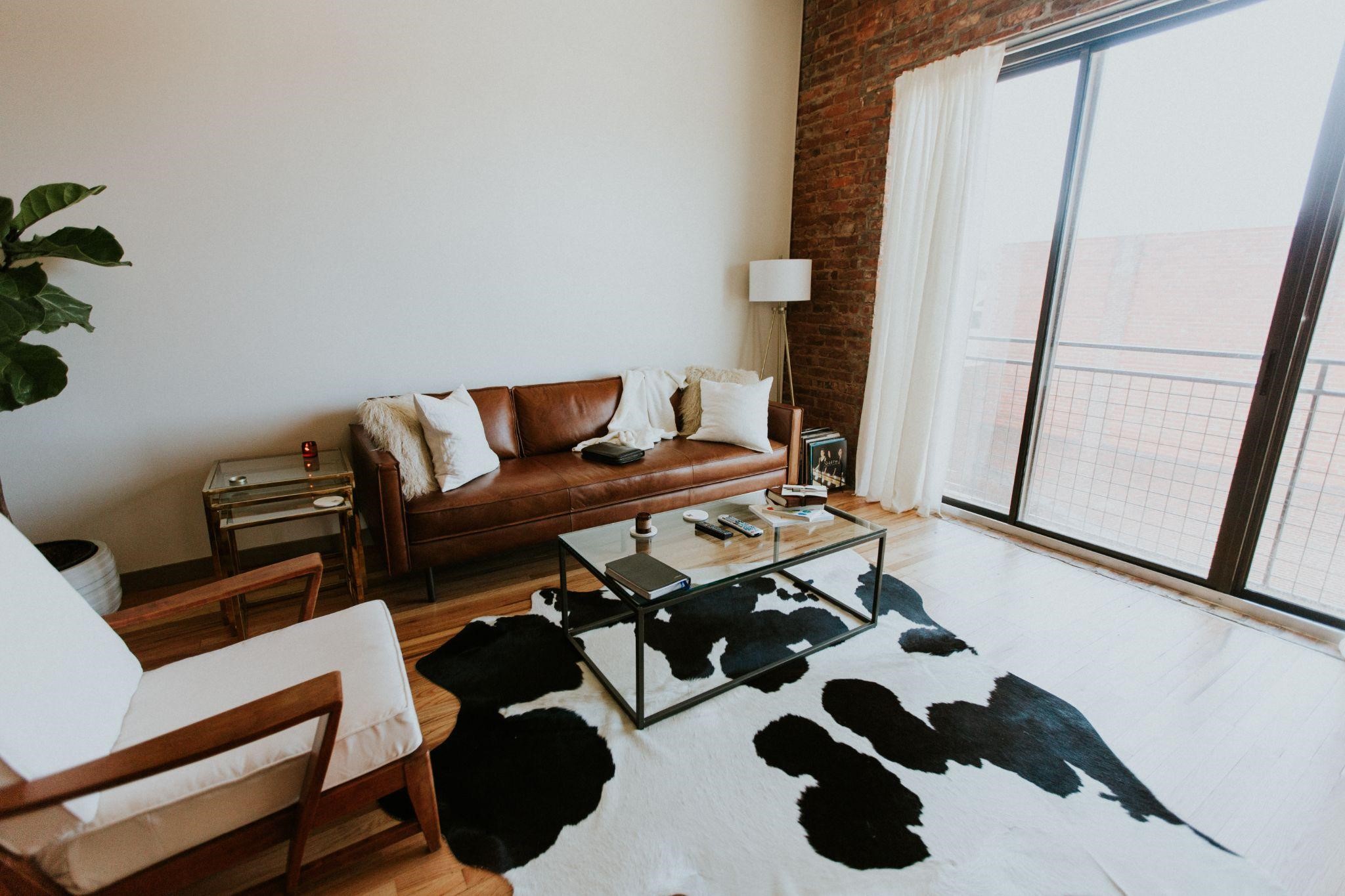Minimalism’s simplicity and elegance appeal to many in a cluttered, noisy, and distracting world. Minimalism encourages mindfulness, intentionality, and the pursuit of what matters. Minimalism allows people to live harmoniously with their principles and find purpose and fulfilment. The art of minimalism is not about deprivation or sparseness but about intentional living. It encourages us to choose wisely and effectively. Minimalism promotes mindfulness and a greater connection to our homes and the planet. One key element of achieving simplicity and elegance at home is incorporating a wardrobe that will provide you minimalist storage solution, offer ample space and organization, reduce clutter and enhance the overall aesthetic appeal. You can add a 2-door, 3-door or 4 door wardrobe according to your need and can organize your clothes and accessories. When you have an organized wardrobe, then you can easily decide what you need and what is just taking up the space.
What Is Minimalism?
Minimalism is about simplifying and eliminating distractions. It’s about conscious choice and letting go. When applied to our homes, minimalism transforms living spaces into tranquil sanctuaries that inspire calmness and creativity.
- One of the fundamental principles of minimalism is decluttering. It involves going through our belongings and carefully evaluating their value and significance in our lives. It forces us to let go of things we no longer need or enjoy. Reducing physical clutter creates space and openness, allowing our minds to relax and focus on what counts.
- Quality over quantity is essential for minimalist style. Minimalism urges us to buy a few high-quality, functional, and attractive goods rather than overloading our houses with many low-quality ones. We generate elegance by choosing well-designed and durable things.
- Another aspect of minimalism is simplicity in design. Minimalist interiors often feature clean lines, neutral colours, and uncluttered spaces. The emphasis is on creating an environment that is visually soothing and free from unnecessary ornamentation. By reducing visual noise, minimalist design allows us to appreciate the beauty of each element in our surroundings.
- An essential element in achieving minimalism is thoughtful organization. Everything in a minimalist home has its designated place, making it easier to maintain order and avoid clutter. Storage solutions that are both functional and visually appealing are critical. Minimalism encourages us to keep what we need and to display items intentionally. Doing so makes our homes reflect our style and values.
- The minimalist design emphasizes function. Rather than being purely beautiful, furniture and decor should be functional and serve a purpose. A minimalist coffee table, for example, may have a minimalistic appearance yet still provide storage for books or magazines.
Benefits Of Minimalism
Minimalism applies to our digital lives as much as our physical ones. Technology is making our digital settings as congested as our physical ones.
- Minimalism reminds us to declutter our digital lives by organizing files, deleting unnecessary apps, and streamlining our online presence. Creating a clean and organized digital space reduces distractions and fosters a sense of tranquillity and focus.
- Minimalism also promotes sustainability and mindful consumption. By being mindful of the items we bring into our homes, we can reduce waste and make more environmentally conscious choices. Minimalism encourages us to consider the longevity and environmental impact of our possessions, favouring quality and durability over disposable trends. By adopting a minimalist mindset, we contribute to a more sustainable future and a healthier planet.
- Beyond the material benefits, minimalism offers emotional and psychological rewards. The act of letting go of physical possessions can be liberating and help us detach from materialistic attachments. Minimalism challenges us to find happiness in experiences, relationships, and personal growth rather than in the accumulation of things. By embracing simplicity, we create space for what truly matters in our lives.
What Role Does Quality Play In Minimalism, And How Can Investing In High-Quality Items Enhance The Elegance Of A Home?
Quality plays an important role in minimalism, as it emphasizes the value and longevity of the items we choose to surround ourselves with. In a minimalist home, investing in high-quality items enhances the elegance of the space in several ways.
- High-quality items tend to have superior craftsmanship and design. They often feature clean lines, attention to detail, and timeless aesthetics. By choosing well-designed pieces, we elevate the overall visual appeal of our home. These items become focal points that add sophistication and refinement to the space.
- Investing in high-quality items ensures durability and longevity. Minimalism encourages us to prioritize longevity over disposability. By opting for durable items, we reduce waste and the need for constant replacements. This not only contributes to a more sustainable lifestyle but also saves us money in the long run.
- High-quality items often age gracefully. They retain their beauty and functionality over time, which aligns perfectly with the minimalistic idea of choosing possessions that stand the test of time. The patina and character that develop with age can add a unique charm to the home, creating a sense of history and depth.
- The presence of high-quality items evokes a sense of pride and satisfaction. Each item becomes a statement piece, carefully selected for its quality and significance. This attention to detail and intentionality enhances the overall sense of elegance in the home.
Conclusion
In the pursuit of simplicity and elegance, the art of minimalism transforms homes into serene sanctuaries. By embracing quality, organization, and mindful choices, individuals can create spaces that inspire and reflect their values.


